Key Highlights
- Policy Evolution: India transitioned from reactive “Look West” (2005) to proactive “Link West” (2014), marking a shift from non-alignment to multi-alignment
- Economic Integration: India-UAE CEPA doubled bilateral trade to $83.7 billion, targeting $100 billion in goods trade by 2027
- Strategic Infrastructure: Chabahar Port lease (2024) and IMEC corridor ($600+ billion) enhance connectivity despite US pressure
- Diplomatic Balancing: India maintains relationships with both Israel and Iran while participating in I2U2 partnership
- Regional Influence: 8.8 million Indian diaspora contributes $60 billion annually, strengthening soft power projection
India’s engagement with West Asia has undergone a remarkable transformation over the past two decades, evolving from a cautious “Look West” approach to an ambitious “Link West” strategy under Prime Minister Narendra Modi. This strategic pivot reflects India’s growing confidence as a global power and its pursuit of strategic autonomy amid intensifying great-power competition.
From Look to Link: The Policy Evolution
India’s “Look West” policy, launched in 2005 under the UPA government, marked the initial formal recognition of West Asia’s strategic importance beyond traditional energy ties. However, it remained largely focused on economic partnerships and energy security, maintaining India’s traditional non-aligned diplomatic posture.
The transformative shift came with Modi’s ascension to power in 2014. Speaking at the ‘Make in India’ conference in September 2014, Modi declared, “For a long time Look East policy is under discussion, I would like to talk about Link West”. This marked the birth of the “Link West” policy, representing a fundamental reimagining of India-West Asia relations.
The Link West approach signified three crucial departures from its predecessor:
- Proactive engagement over reactive diplomacy
- Strategic partnerships beyond transactional relationships
- Multi-alignment instead of traditional non-alignment
Strategic Pillars of Link West Policy
Energy Security and Economic Integration
West Asia remains India’s energy lifeline, supplying over 55% of India’s crude oil demand. The region accounts for 15.8% of India’s total trade in FY 2022-23, with bilateral merchandise trade with the UAE nearly doubling from $43.3 billion in FY 2020-21 to $83.7 billion in 2023-24.
The India-UAE Comprehensive Economic Partnership Agreement (CEPA), signed on February 18, 2022, represents a watershed moment. As India’s first deep free trade agreement in a decade, CEPA targets $100 billion in bilateral goods trade and $15 billion in services trade over five years.
Diaspora Welfare and Remittances
The 8.8 million Indian diaspora in West Asia contributes approximately $60 billion annually in remittances, making it a crucial economic pillar. According to UN data, inward remittances from the Gulf to India reached $38 billion in 2017, underscoring the community’s economic significance.
Connectivity and Infrastructure Development
The India-Middle East-Europe Economic Corridor (IMEC), announced at the 2023 G20 Summit, represents India’s most ambitious connectivity project. With an estimated cost of over $600 billion, IMEC aims to integrate transport, energy, and digital networks across continents.
India’s role as the “glue and anchor” for IMEC reflects its strategic positioning between Asia and Europe. The project promises to enhance India’s access to European markets while positioning it as a key node in global supply chains.
Strategic Autonomy in Action
The Chabahar Balancing Act
India’s 10-year lease agreement for Chabahar Port in Iran, signed on May 13, 2024, exemplifies strategic autonomy despite US pressure. The deal involves a $120 million investment and a $250 million credit window for infrastructure development.
Chabahar provides India with direct access to Afghanistan and Central Asia while bypassing Pakistan. Located just 550 nautical miles from Kandla port, it offers strategic alternatives to traditional trade routes.
Navigating Iran-Israel Tensions
India’s diplomatic finesse is evident in its handling of Iran-Israel tensions. While maintaining robust defense partnerships with Israel worth billions in advanced weaponry, India simultaneously develops strategic infrastructure in Iran through Chabahar.
India’s refusal to join the Shanghai Cooperation Organization’s condemnation of Israel’s attacks on Iran in 2024 demonstrates its commitment to independent decision-making. This balancing act allows India to preserve relationships with both sides while protecting its strategic interests.
Multilateral Engagement and Minilateralism
The I2U2 Partnership
The I2U2 quadrilateral (India-Israel-UAE-USA), launched in 2021, represents a new dimension in India’s West Asia strategy. This grouping combines India’s demographic dividend with Israeli technology, UAE capital, and American markets.
I2U2 enhances India’s geopolitical presence in West Asia while providing platforms for economic cooperation beyond traditional bilateral frameworks. The partnership launched the International Forum for Economic Cooperation, fostering joint business coalitions.
Regional Security Cooperation
India’s naval presence in the Gulf of Aden and participation in maritime security operations demonstrates its commitment to regional stability. Bilateral defense exercises like Desert Flag with UAE and Naseem Al-Bahr with Oman strengthen security partnerships.
Challenges and Vulnerabilities
Maritime Insecurity in the Red Sea
Houthi attacks in the Red Sea have severely disrupted global shipping, with Suez Canal transits dropping by over 42% in early 2024. Container traffic plummeted by 82%, forcing vessels to reroute around the Cape of Good Hope.
These disruptions affect India’s trade with Europe and highlight the vulnerability of maritime chokepoints. The attacks on fiber optic cables connecting Europe and Asia further threaten digital connectivity.
Gulf Diversification Pressures
Gulf states’ focus on renewable energy and economic diversification poses both opportunities and challenges for India. While it opens avenues for collaboration in green hydrogen and solar energy, it may reduce traditional energy dependence over time.
Great Power Competition
China’s Belt and Road Initiative presence in the region creates competitive dynamics. IMEC is viewed as a counter to Chinese influence, but success requires sustained commitment and coordination among diverse partners.
Way Forward: Sustaining Strategic Momentum
Energy Transition Partnerships
India must leverage West Asia’s renewable energy investments to support its energy independence goals by 2047. Partnerships in green hydrogen production could transform India from an energy importer to a clean energy hub.
Digital and Technological Integration
Expanding cooperation in fintech, artificial intelligence, and cybersecurity can diversify partnerships beyond traditional sectors. The digital connectivity component of IMEC offers opportunities for technological collaboration.
Regional Security Architecture
India should continue contributing to regional maritime security while avoiding entanglement in Middle Eastern conflicts. The principle of “strategic autonomy” allows India to engage selectively based on national interests.
Institutional Strengthening
Strengthening multilateral frameworks like I2U2 while developing new partnerships can enhance India’s influence. Regular summit-level engagements and business forums can sustain momentum.
Conclusion
India’s Link West policy represents a sophisticated balancing act in an increasingly multipolar world. By maintaining strategic autonomy while deepening partnerships, India has transformed from a peripheral player to a pivotal actor in West Asian geopolitics.
The policy’s success lies in its pragmatic approach—leveraging economic interdependence, cultural affinity, and strategic partnerships while avoiding ideological entanglements. As global power dynamics shift, India’s West Asia strategy exemplifies how middle powers can navigate great-power competition while pursuing independent foreign policy objectives.
The Link West policy’s ultimate test will be sustaining this delicate balance amid evolving regional dynamics, ensuring that India’s engagement with West Asia continues to serve its broader aspirations for global leadership and multipolarity.
Possible Mains Questions
- “India’s Link West policy exemplifies strategic autonomy in a multipolar world.” Critically analyze India’s balancing act in West Asia amid great power competition. (250 words)
- Examine the role of economic partnerships like India-UAE CEPA and connectivity projects like IMEC in strengthening India’s position in West Asia. Discuss the challenges and opportunities. (250 words)
- “India’s engagement with both Iran and Israel demonstrates the pragmatic nature of contemporary diplomacy.” Evaluate India’s approach to navigating regional conflicts while protecting national interests. (250 words)

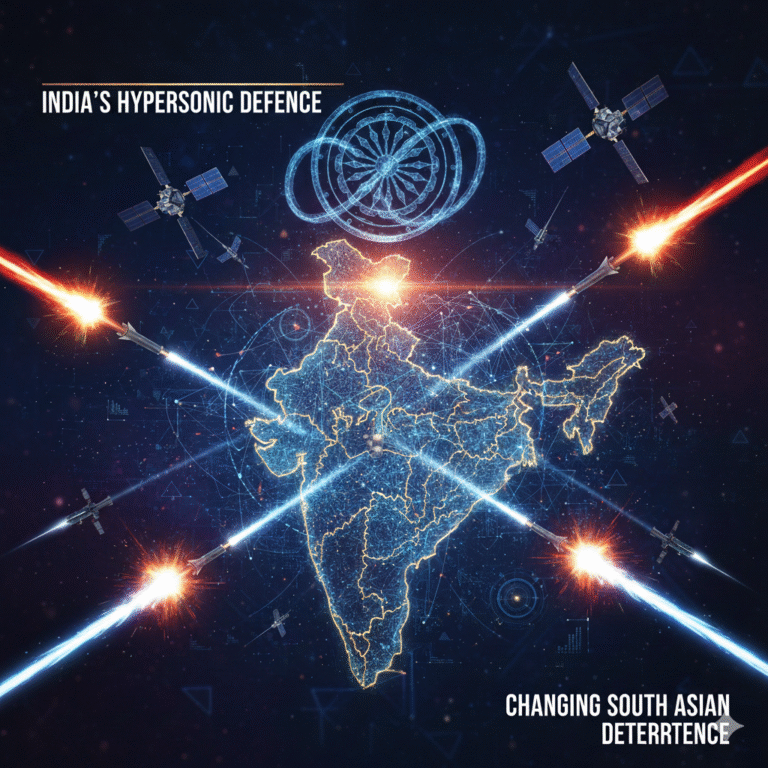
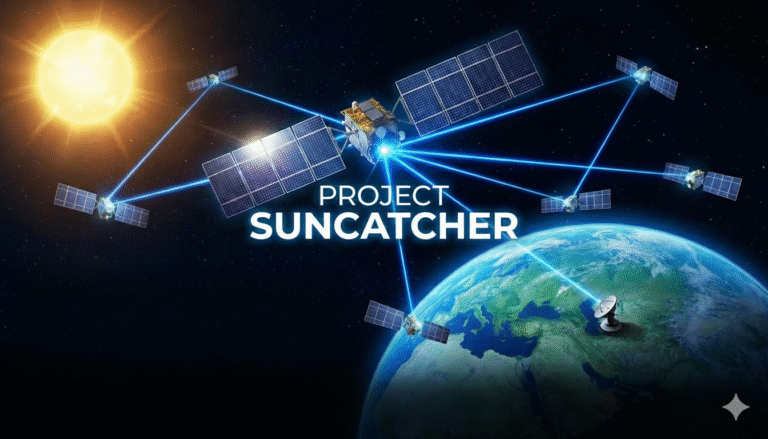
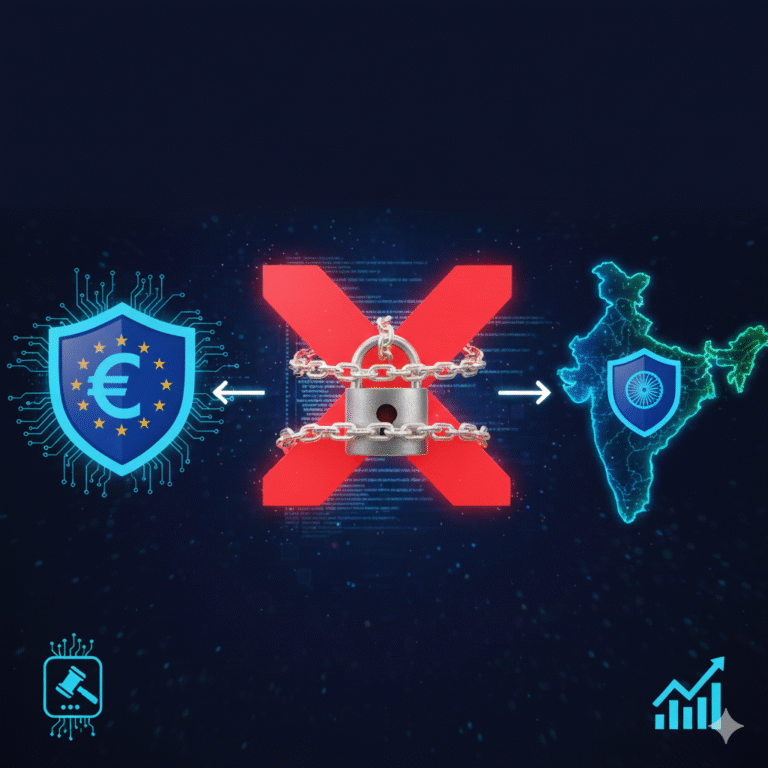

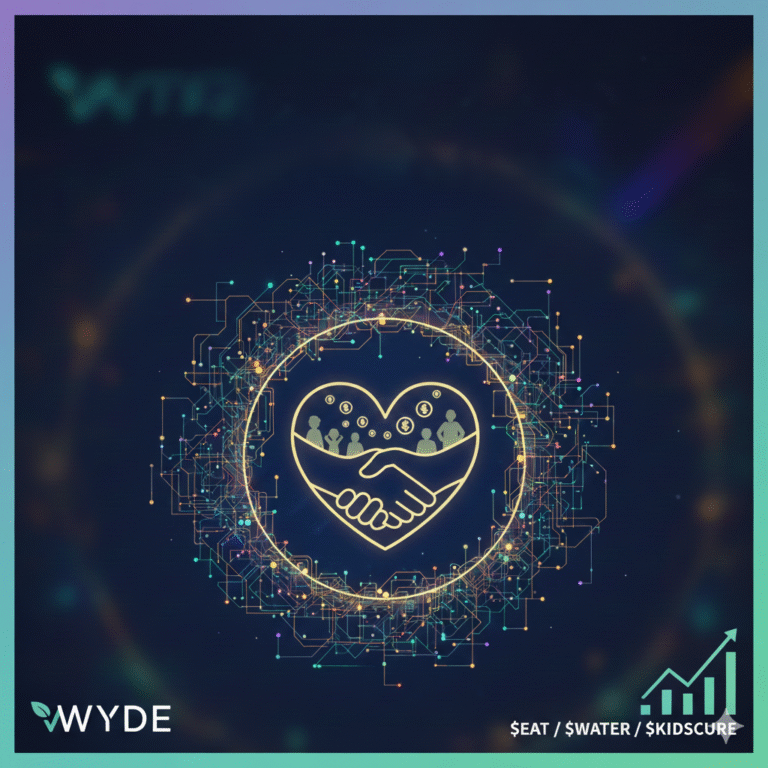

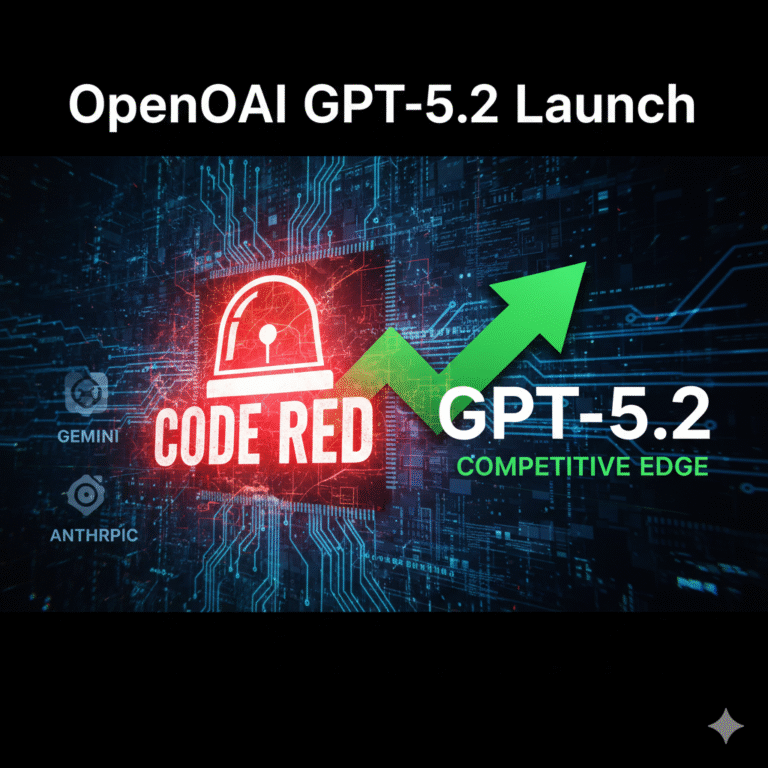
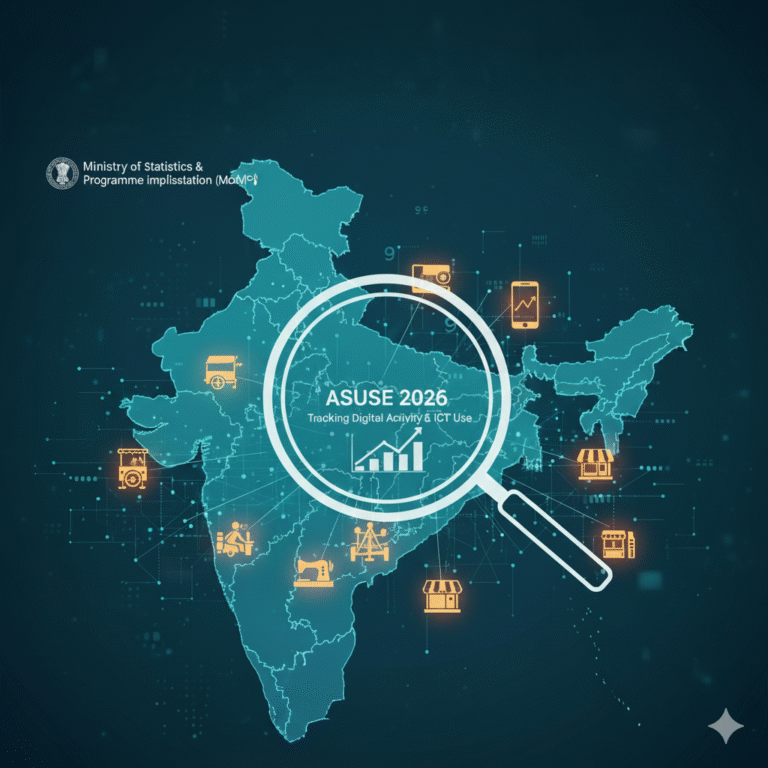
+ There are no comments
Add yours